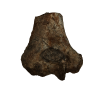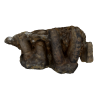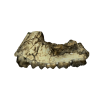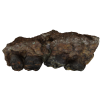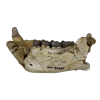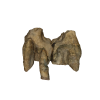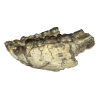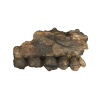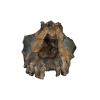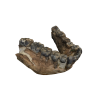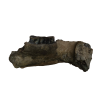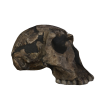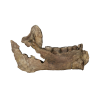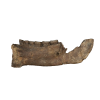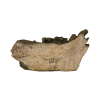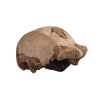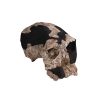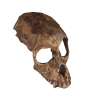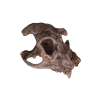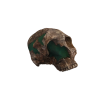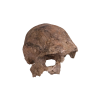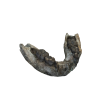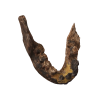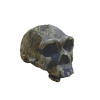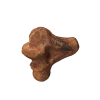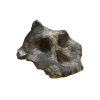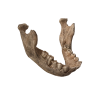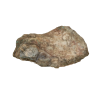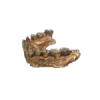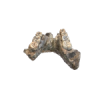This is a complete mandible of a male Ekembo nyanzae with the left C-M3 and the right M1-M3 in situ. Associated with the mandible is a maxilla with the P3-M3 in situ, and the isolated right upper I2, and left upper I2. Ekembo is known from the early Miocene of Rusinga and Mfangano Islands of Lake Victoria, Western Kenya. Localities from the two sites are dated at approximately between 17 and 20 mya. Average body size estimate for E. nyanzae based on several isolated postcranial specimens is 35.6 Kg. The postcranial morphology of E. nyanzae is one of the best known among the early hominoid taxa. The morphology of a partial skeleton preserving a nearly complete innominate and sacrum from Mfangano indicate that E. nyanzae resembled modern apes by not possessing a tail. Several elements of the postcranial skeleton show that E. nyanzae was a slow moving above branch climbing quadruped. It is thought that Ekembo may be morphologically more derived towards the extant apes than the contemporaneous Proconsul from the adjacent Tinderet sites in Western Kenya.



